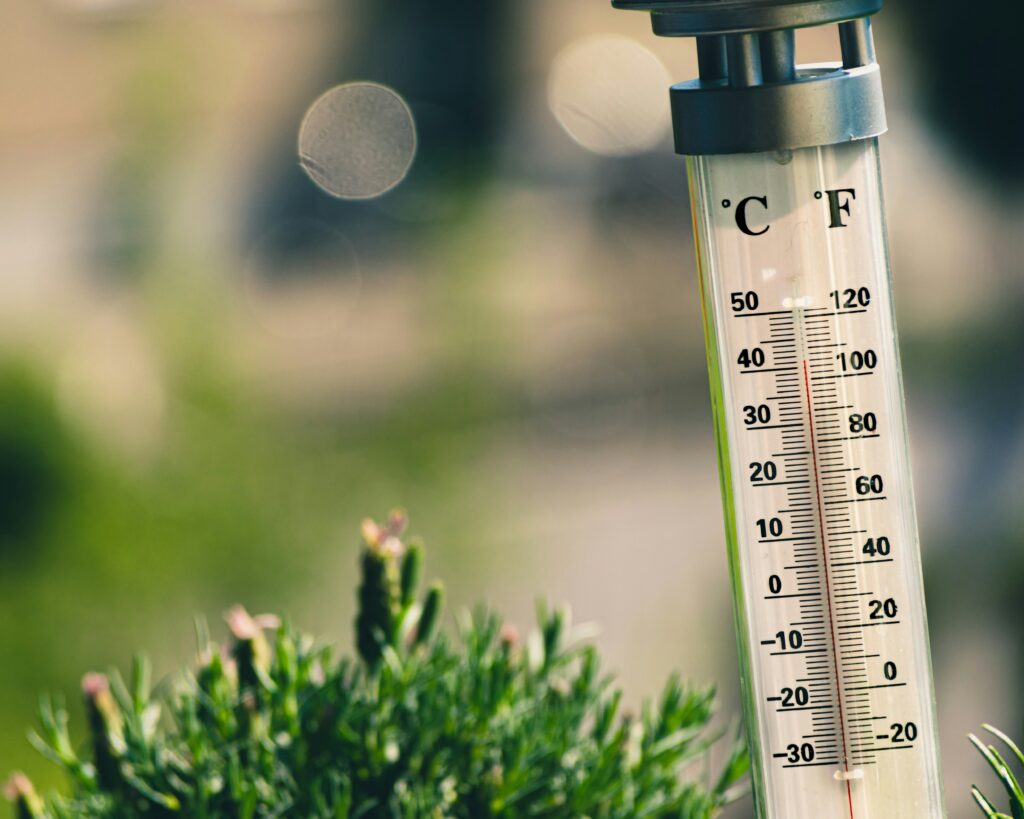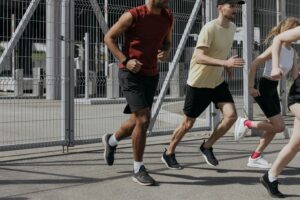
Disclosure: This post contains affiliate links, including Amazon Associate links. If you purchase through these links, I may earn a small commission at no extra cost to you. I only recommend products I personally use or believe will add value to your running journey.
Summer is here — and if you’re in the Southeast like me (hello from humid Texas!), you know the heat isn’t going anywhere anytime soon. Down here, it stays hot and sticky well past September. So the big question for beginner runners is: Should you run in the heat?
Short answer: Yes — but with caution. Running in the summer heat can be done safely if you take the right precautions to avoid overheating or dehydration. Here’s what you need to know.
1. Know the Signs of Heat Exhaustion
Your body will often send signals before things go south. Ignoring those signals can lead to heat exhaustion or even heat stroke — both of which are dangerous.
Symptoms of heat exhaustion include:
- Dizziness or lightheadedness
- Excessive sweating
- Nausea or vomiting
- Muscle cramps
- Weakness or fatigue
- Cool, pale, or clammy skin
- Headache
- Rapid pulse
If you experience any of these, stop running, get into the shade, and cool down immediately. It’s okay to pause your run. Health and safety always come first.
2. Avoid Running During the Hottest Part of the Day
Try to run early in the morning or after sunset. Midday heat (usually from 11 a.m. to 4 p.m.) can be brutal and greatly increases your risk of overheating.
Even if you’re used to warmer weather, remember: running increases your core body temperature, and your heart works harder to pump blood to the skin to help you stay cool. You may notice:
- Elevated heart rate
- Slower pace
- Feeling more tired than usual
That’s completely normal. Your body is doing double duty — running and trying to stay cool.
3. Hydration Matters — Electrolytes Count Too
If you’re drenched in sweat minutes into your run (I know I am!), you’re losing more than just water — you’re also losing electrolytes like sodium, potassium, and magnesium. These are critical for muscle function, energy levels, and avoiding cramps.
💧 Tips for staying hydrated:
- Always carry water on your run, especially if you’re going more than 20 minutes.
- Don’t rely on water alone. You need to replace electrolytes too.
Here are two easy options:
- DIY Hydration: Add 1–2 fresh limes and a pinch of salt to your water bottle. This budget-friendly “salted limeade” helped me tons back when I worked outdoors in the Texas heat.
- Nuun Sport Hydration Tablets: These are my personal go-to. Just drop a tablet into a 16 oz bottle of water. I love the lemon-lime and strawberry melon flavors. They’re portable, effective, and only 15 calories per serving.
I noticed a big difference when I started using Nuun instead of just water — fewer cramps, better energy, and faster recovery.
4. Protect Your Skin and Prevent Chafing
Running under the sun? Don’t forget sun protection:
- Use a sweat-proof sport sunscreen (SPF 30 or higher).
- Wear lightweight, moisture-wicking clothing with built-in SPF when possible.
- A breathable hat or visor helps keep sun off your face and eyes.
Also: chafing is real — especially when you’re sweating buckets. Apply anti-chafing balm (like Body Glide or petroleum jelly) to areas that rub (inner thighs, underarms, etc.). I’ll be posting a full article on chafing soon, so stay tuned!
5. Additional Summer Running Tips for Beginners
- 👟 Slow your pace — it’s okay to take walk breaks. Heat affects everyone differently.
- 🧊 Cool down fast — use a cold towel post-run, or run near sprinklers or shaded trails.
- 📱 Use a weather app — check the “feels like” temperature and humidity before heading out.
- 🧢 Choose breathable gear — mesh running caps and moisture-wicking socks help too.
- 🕶️ Protect your eyes — wear UV-blocking sunglasses if you’re running during daylight.
6. Not Sure About Running in the Heat? Play It Safe — Go Indoors
If you’re unsure about how your body will handle the heat — or you’re just not comfortable running outside in high temps — it’s 100% okay to run indoors.
Running on a treadmill is a great alternative that still helps you stay consistent with your training, without the added stress of heat and humidity. Many beginner runners find treadmill runs:
- Easier to control (pace, incline, duration)
- More comfortable (AC, fans, access to water)
- Safer when temperatures or air quality are extreme
Even doing part of your weekly mileage indoors can give your body time to adapt gradually to summer running. There’s no shame in playing it safe — your consistency matters more than where you run.
And if you’re using a treadmill, try mixing things up with incline intervals or music playlists to keep it engaging!
